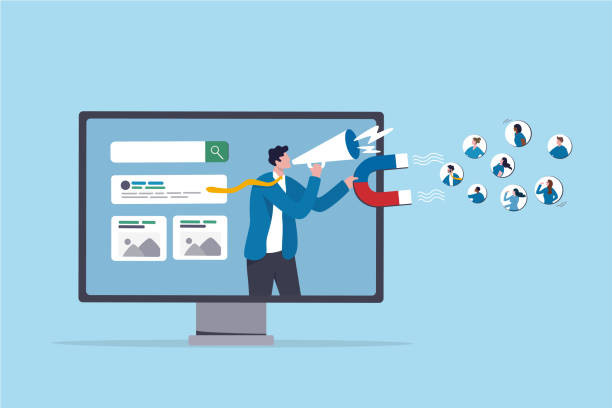Website staging environments are a necessary component in the development and maintenance of a professional website. They act as a replica of your live website, allowing you to test changes, plugins, themes, or major updates without affecting your actual site.
In today’s world of economy, businesses can’t afford downtime or broken functionalities on their live platforms as the competition is high and may lead to lost of market share. This is where staging environments step in as a safety net.
For e-commerce sites, corporate blogs, or service-based platforms, any error on the live site can lead to loss of revenue, user trust, or brand credibility. Imagine testing a new checkout plugin directly on your live store, if it malfunctions, you risk disrupting your customer’s experience. A staging site eliminates this risk. It gives developers and content managers the flexibility to try, test, and tweak without fear of breaking the user experience on the live site.
Table of Contents
What is a Staging Environment?
A staging environment is a clone of your live website used for testing changes before they go public. It mirrors the live site in terms of content, design, and functionality, but it is hidden from users and search engines. This environment helps teams experiment and review how updates behave in a real-world setup without any real-world consequences.
Unlike a local development environment, which exists solely on your computer, a staging environment typically resides on a separate server. It can be hosted by your web host or manually set up through subdomains or subdirectories. The goal is to closely mimic the production environment so you get accurate results during testing.
Top 7 Reasons Why You Need A Staging Environment For Your Website
1. Prevents Live Site Breakage:
One of the biggest reasons to use a staging environment is to protect your live site from unexpected failures. Making updates, especially to plugins, themes, or core CMS files directly on your main site, can sometimes cause incompatibility issues or even crash the site completely.
Solution:
A staging site allows you to test updates first. You can identify and fix any bugs before deploying the changes to your live environment. This ensures a seamless user experience and avoids costly downtime.
2. Enables Safe Plugin and Theme Testing:
With so many plugins and themes available, it is easy to get tempted to try new features. However, not all plugins are compatible with your current setup, and installing the wrong one might slow your site or cause it to crash.
Solution:
Test new plugins and themes on the staging site to ensure they function properly and don’t conflict with your existing configurations. Once verified, you can confidently add them to your live site.
3. Allows Performance Testing:
Website speed and performance are key SEO and UX factors. Adding new features, scripts, or content can affect your site speed without you realizing it until visitors start bouncing away.
Solution
A staging environment gives you the ability to run speed and performance tests using tools like GTmetrix or Google PageSpeed Insights. You can make the necessary optimizations before going live.
4. Offers Realistic QA (Quality Assurance):
If you are working with a team of developers, designers, or content managers, a staging environment creates a controlled space where everyone can review changes and provide feedback.
Solution:
Before anything hits the live site, your team can collaboratively test user flows, responsive design, and site features. This improves the final product and ensures consistency.
5. Improves Workflow Efficiency:
A staging site encourages structured workflows, especially when using version control tools like Git. This means developers can work on multiple features simultaneously without affecting each other or the live site.
Solution:
With the right deployment strategy, changes made on the staging site can be merged and pushed to the live environment in one smooth operation. It simplifies collaboration and minimizes risk.
6. Prevents SEO Damage:
If something breaks on your live site like a 404 error, misconfigured redirects, or duplicate content—it can affect your SEO rankings. Search engines don’t take kindly to poor site structure or downtime.
Solution:
Use your staging environment to run SEO audits and check crawlability with tools like Screaming Frog or Ahrefs. Fix any SEO issues before deploying, preserving your hard-earned rankings.
7. Ensures a Better User Experience:
At the end of the day, your website is there to serve your visitors. Launching new features or redesigns without testing can lead to broken buttons, missing images, or confusing layout things that drive users away.
Solution:
With a staging environment, you can experience your website as your users would. This helps catch UX/UI issues early and allows for a polished, professional presentation once changes go live.
Conclusion
A staging environment isn’t just a nice-to-have it is a must-have in 2025 and beyond. It empowers you to take risks, try new things, and optimize performance without putting your site or business at risk. Whether you are a solo entrepreneur running a small online shop or a growing business with a development team, staging helps you stay ahead with confidence.
By using a staging environment, you protect your site’s functionality, SEO, and user experience all while making your workflow more efficient and organized. If you haven’t implemented one yet, now is the time to give it a try.





